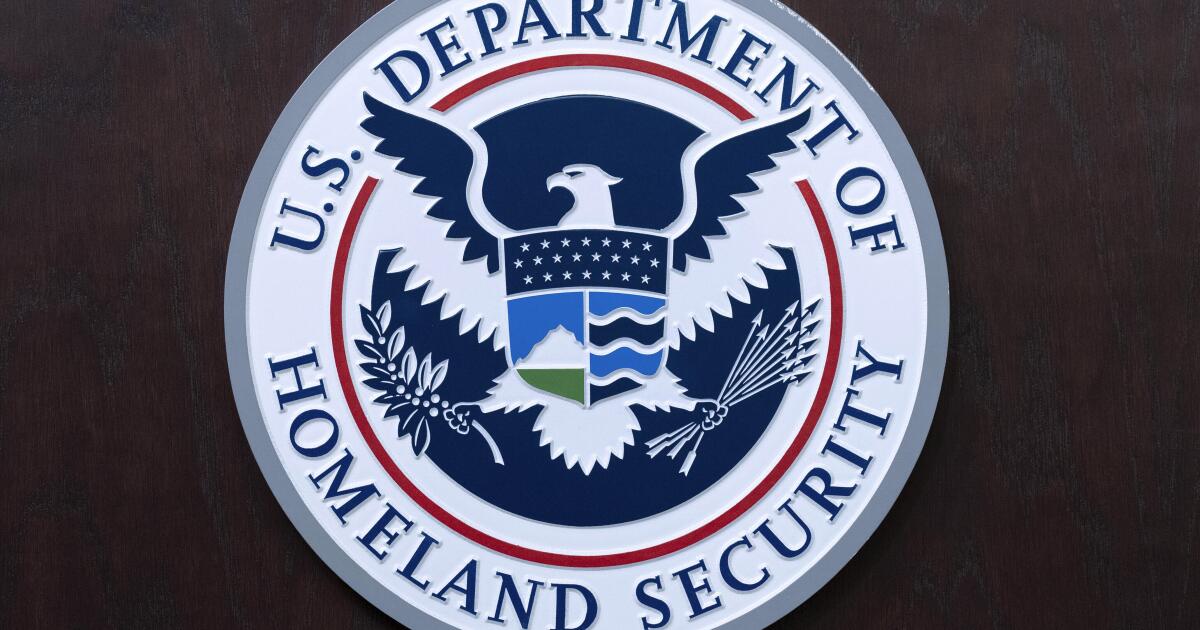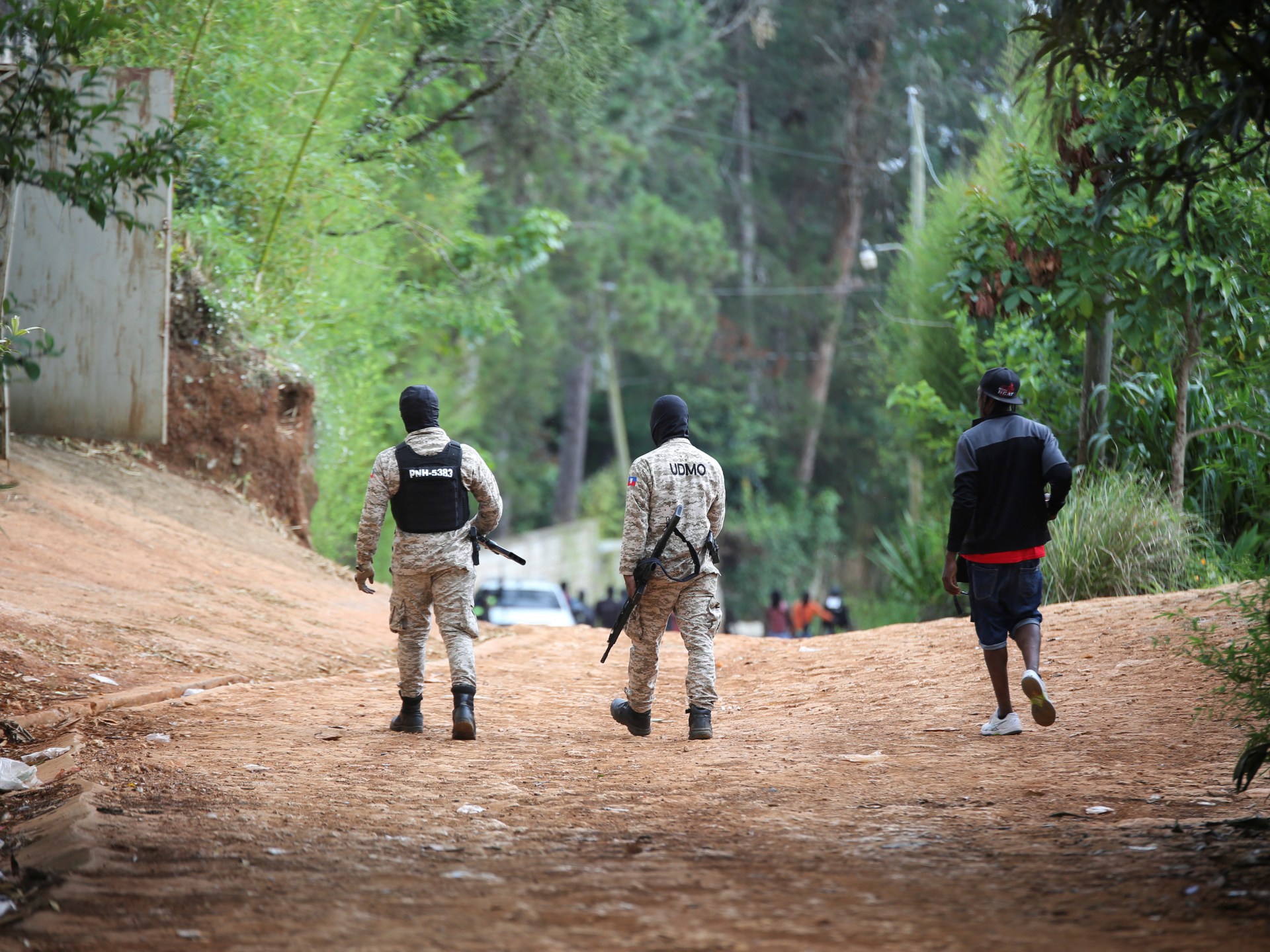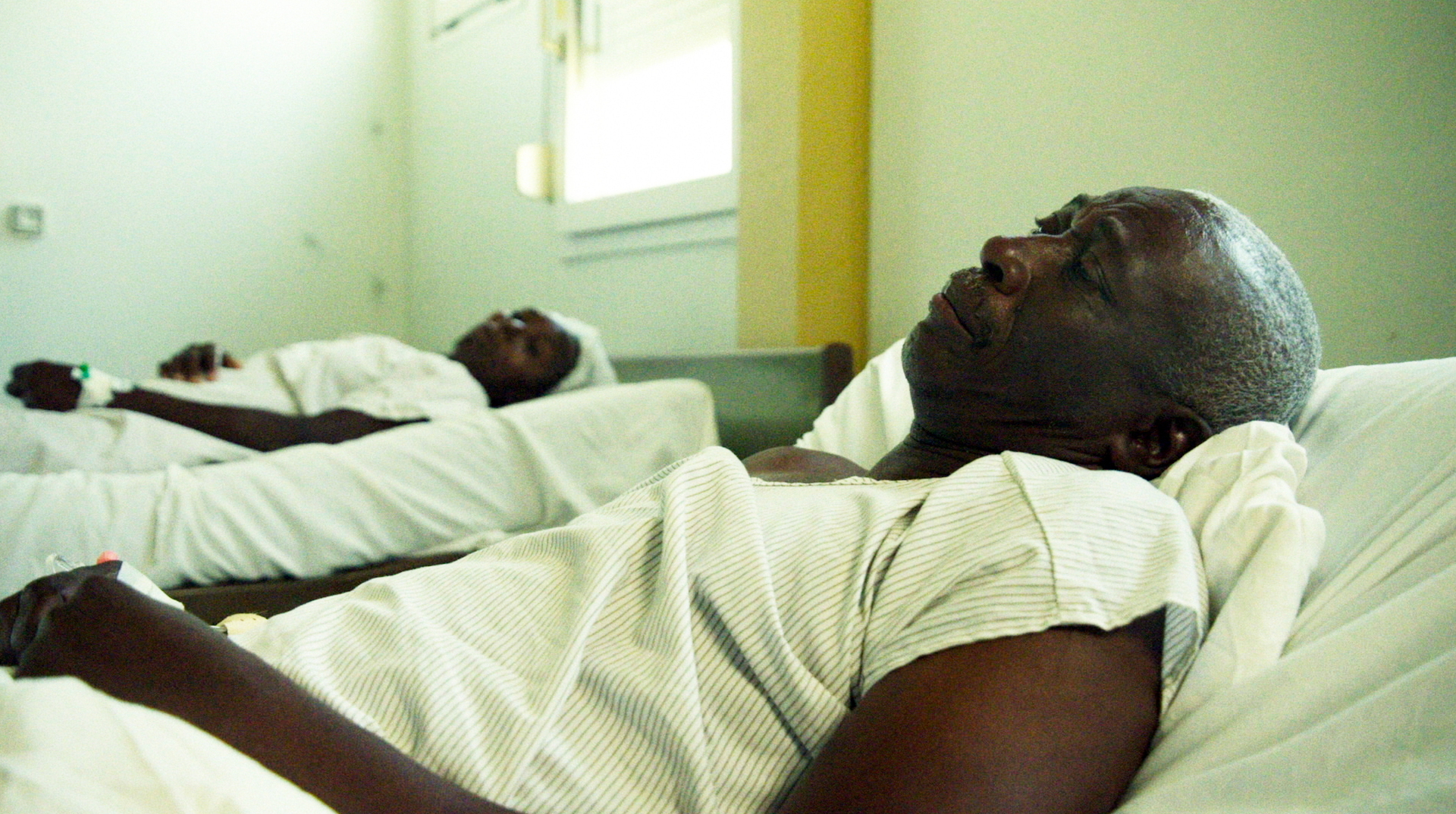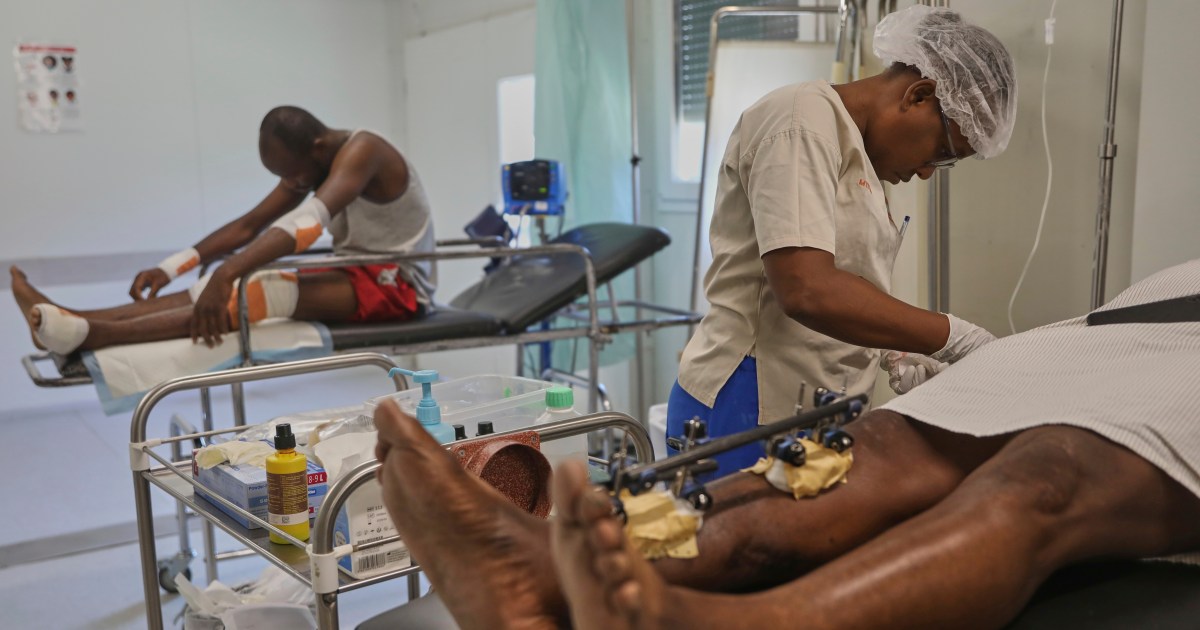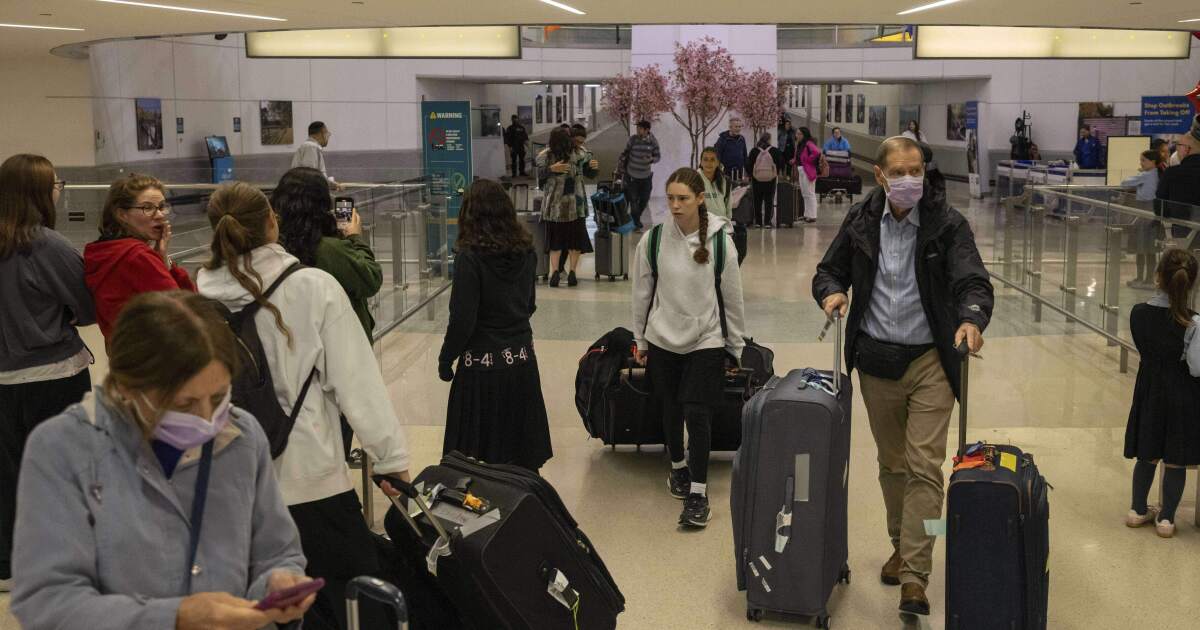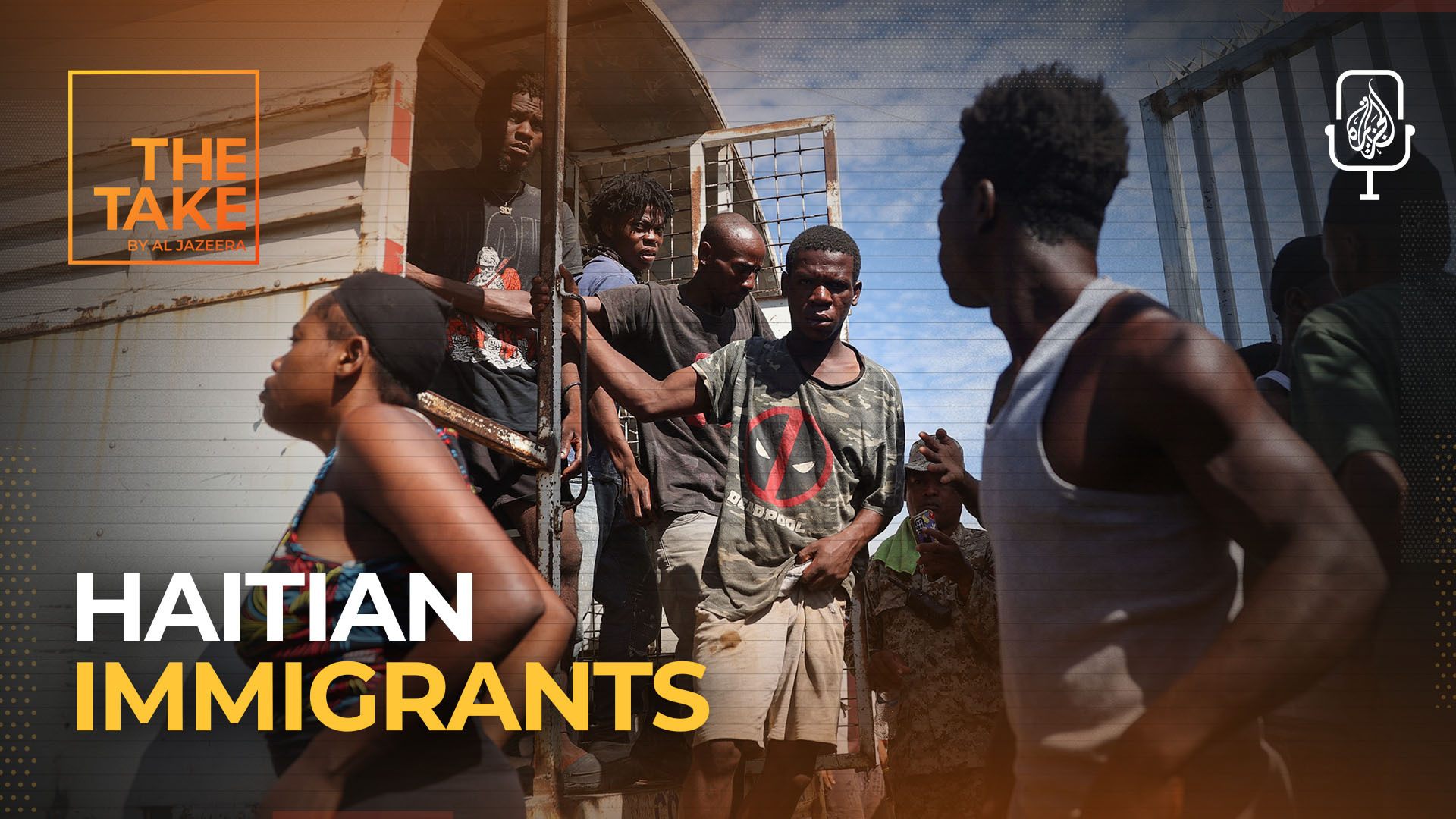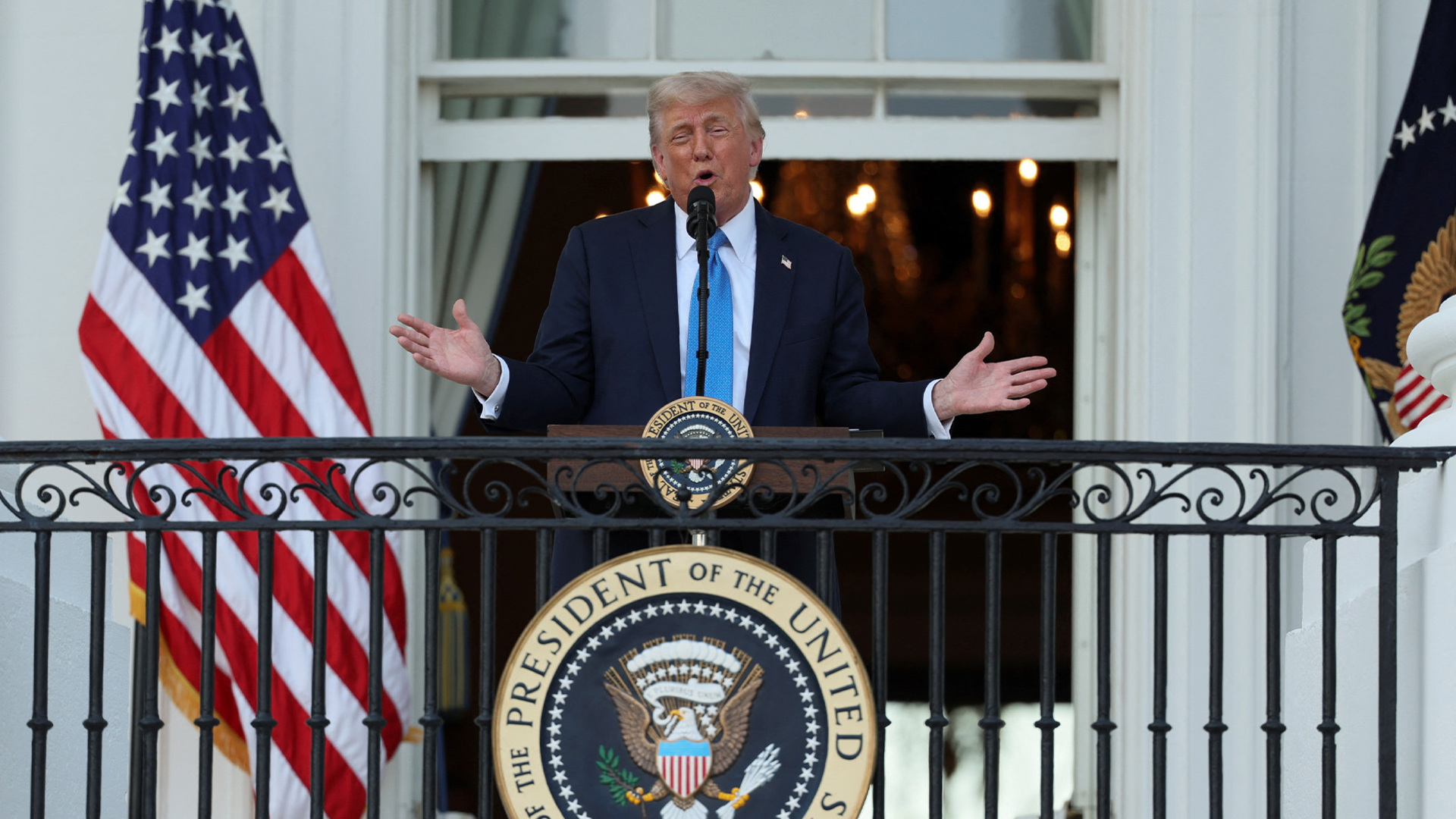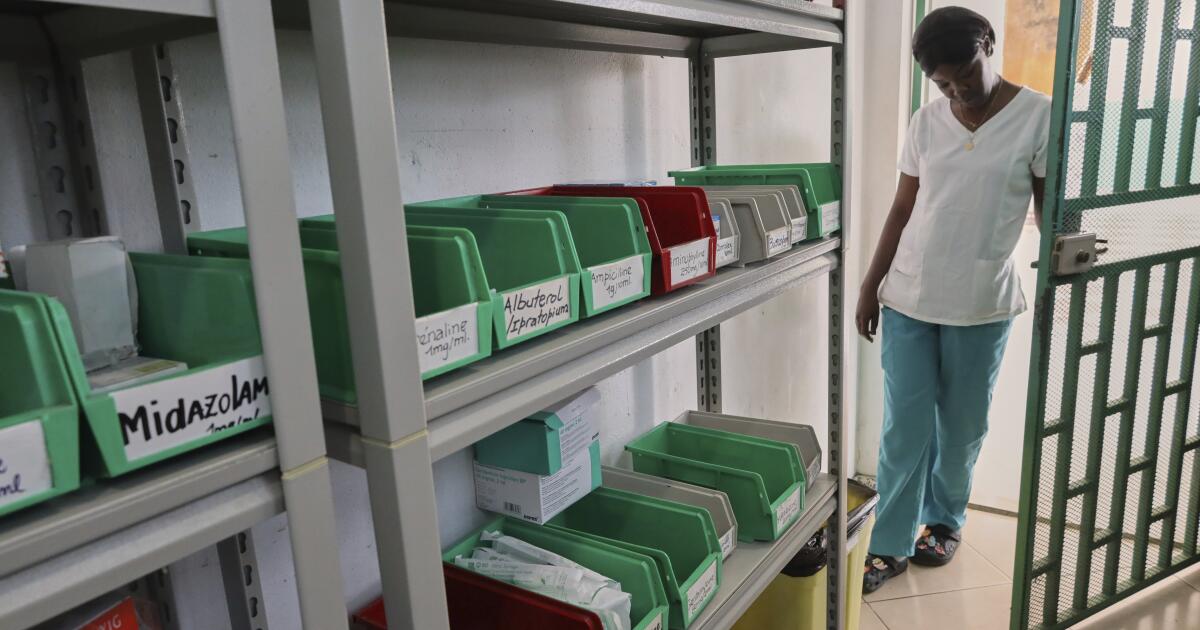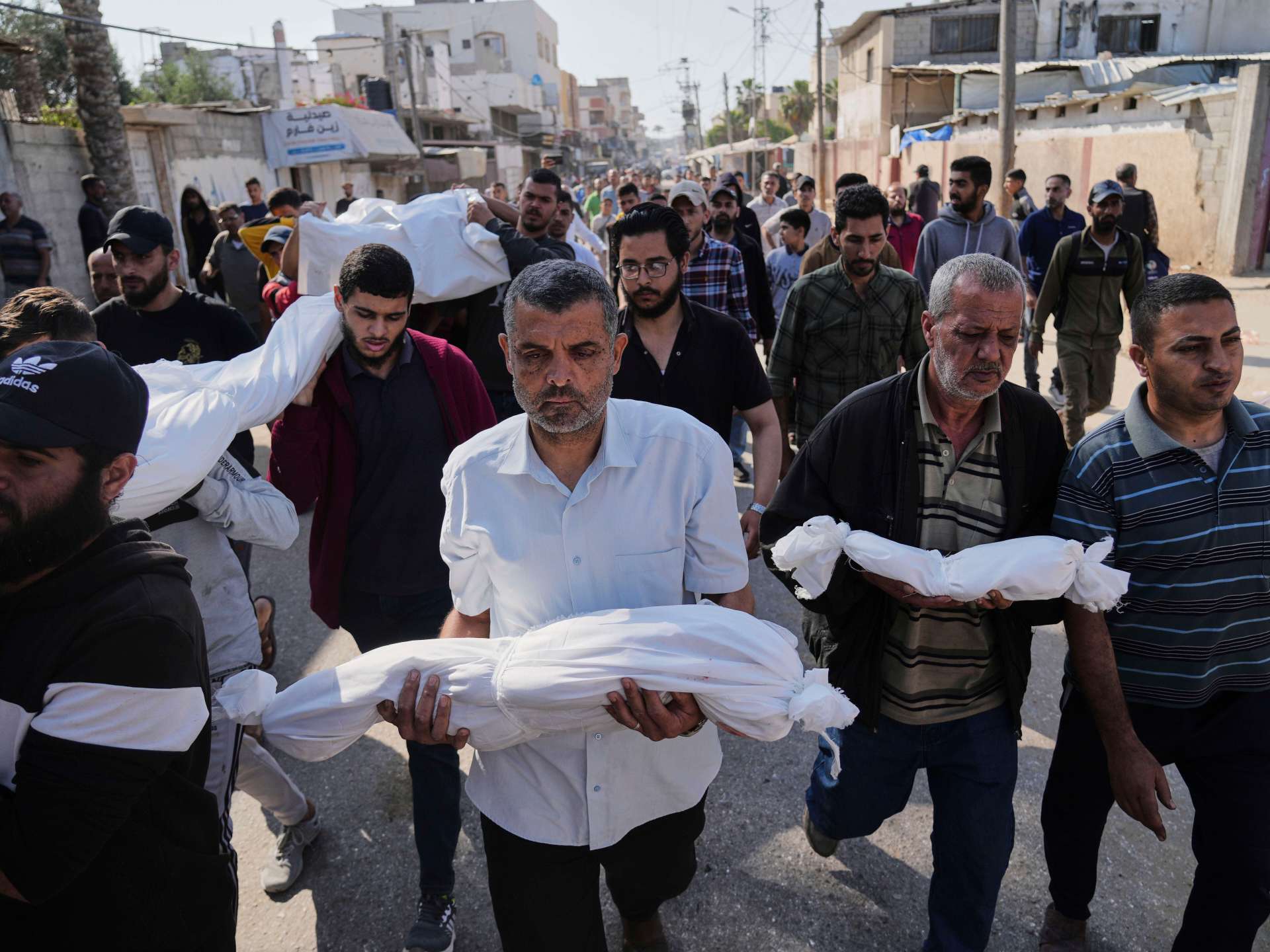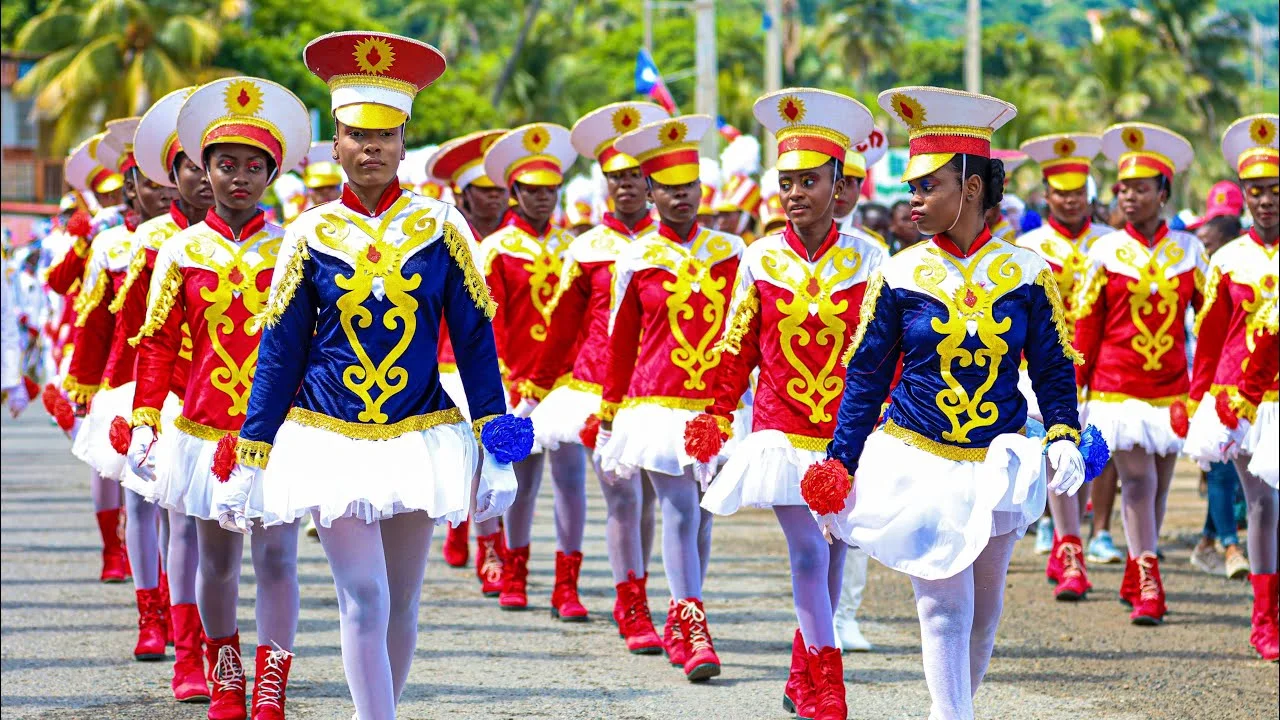Federal judge blocks Trump administration from ending temporary legal status for many Haitians
NEW YORK — A federal judge in New York on Tuesday blocked the Trump administration from ending temporary legal status for more than 500,000 Haitians who are already in the United States.
District Court Judge Brian M. Cogan in New York ruled that moving up the expiration of the temporary protected status, or TPS, by at least five months for Haitians, some of whom have lived in the U.S. for more than a decade, is unlawful.
The Biden administration had extended Haiti’s TPS status through at least Feb. 3, 2026, due to gang violence, political unrest, a major earthquake in 2021 and several other factors, according to court documents.
But last week, the Department of Homeland Security announced it was terminating those legal protections as soon as Sept. 2, setting Haitians up for potential deportation. The department said the conditions in the country had improved and Haitians no longer met the conditions for the temporary legal protections.
The ruling comes as President Trump works to end protections and programs for immigrants as part of his mass deportations promises.
The judge’s 23-page opinion states that the Department of Homeland Security’s move to terminate the legal protections early violates the TPS statute that requires a certain amount of notice before reconsidering a designation.
“When the Government confers a benefit over a fixed period of time, a beneficiary can reasonably expect to receive that benefit at least until the end of that fixed period,” according to the ruling.
The judge also referenced the fact that the plaintiffs have started jobs, enrolled in schools and begun receiving medical treatment with the expectations that the country’s TPS designation would run through the end of the year.
Manny Pastreich, president of the Service Employees International Union Local 32BJ, which filed the lawsuit, described the ruling as an “important step” but said the fight is not over.
“We will keep fighting to make sure this decision is upheld,” Pastreich said in a statement. “We will keep fighting for the rights of our members and all immigrants against the Trump Administration – in the streets, in the workplace, and in the courts as well. And when we fight, we win.”
DHS did not immediately respond to an email from the Associated Press requesting comment. But the government had argued that TPS is a temporary program and thus “the termination of a country’s TPS designation is a possibility beneficiaries must always expect.”
Haiti’s TPS status was initially activated in 2010 after the catastrophic earthquake and has been extended multiple times, according to the lawsuit.
Gang violence has displaced 1.3 million people across Haiti as the local government and international community struggle with the spiraling crisis, according to a report from the International Organization for Migration. There has been a 24% increase in displaced people since December, with gunmen having chased 11% of Haiti’s nearly 12 million inhabitants from their home, the report said.
In May, the Supreme Court allowed the Trump administration to strip Temporary Protected Status from 350,000 Venezuelans, potentially exposing them to deportation. The order put on hold a ruling from a federal judge in San Francisco that kept the legal protections in place.
The judge’s decision in New York also comes on the heels of the Trump administration revoking legal protections for thousands of Haitians who arrived legally in the U.S. through a humanitarian parole program.
